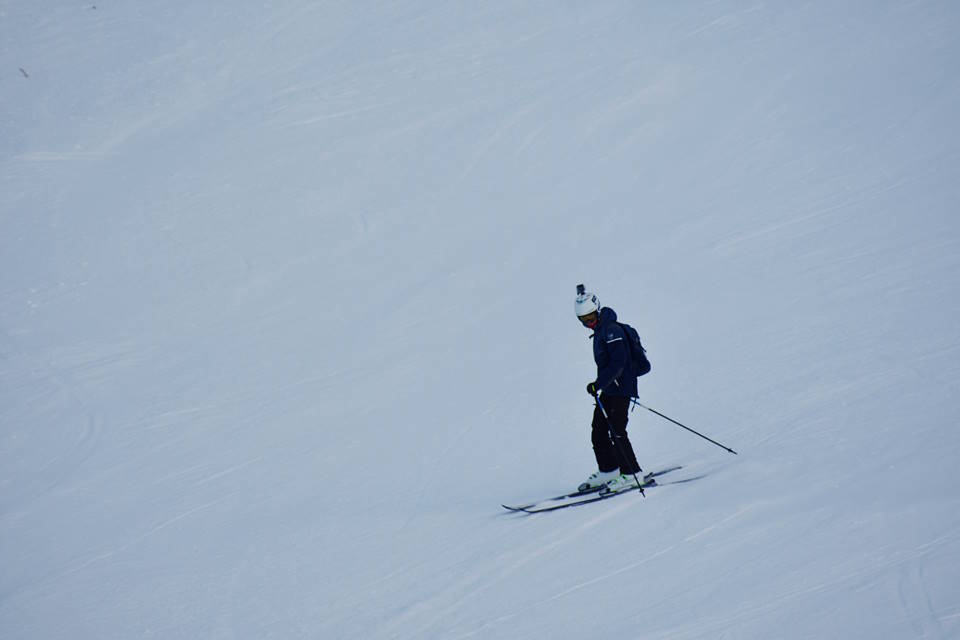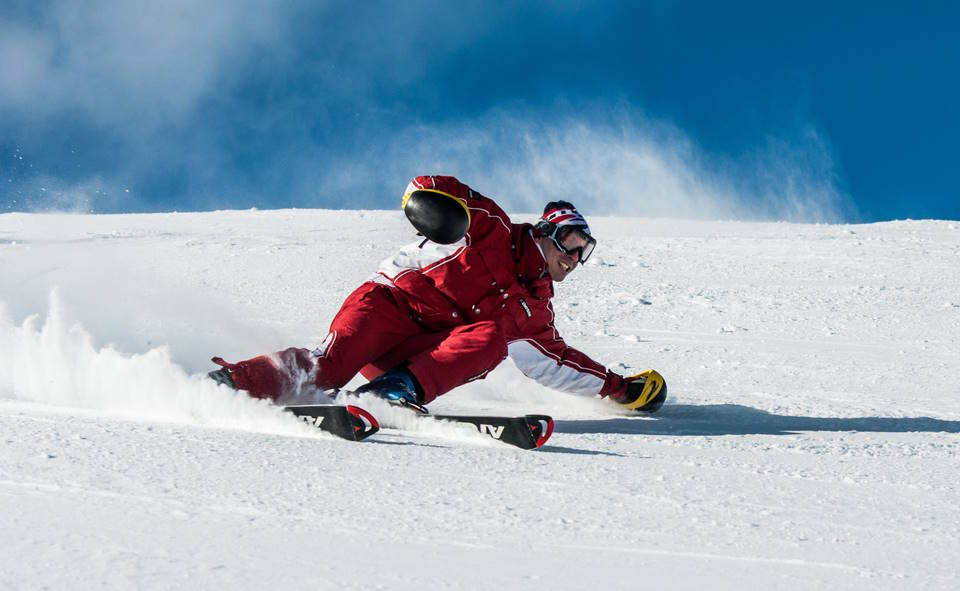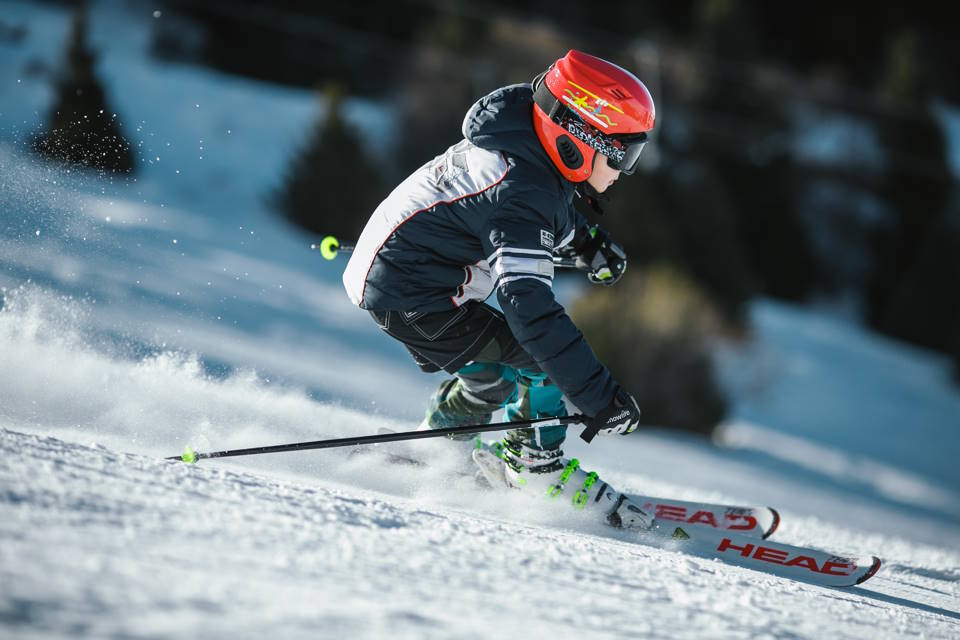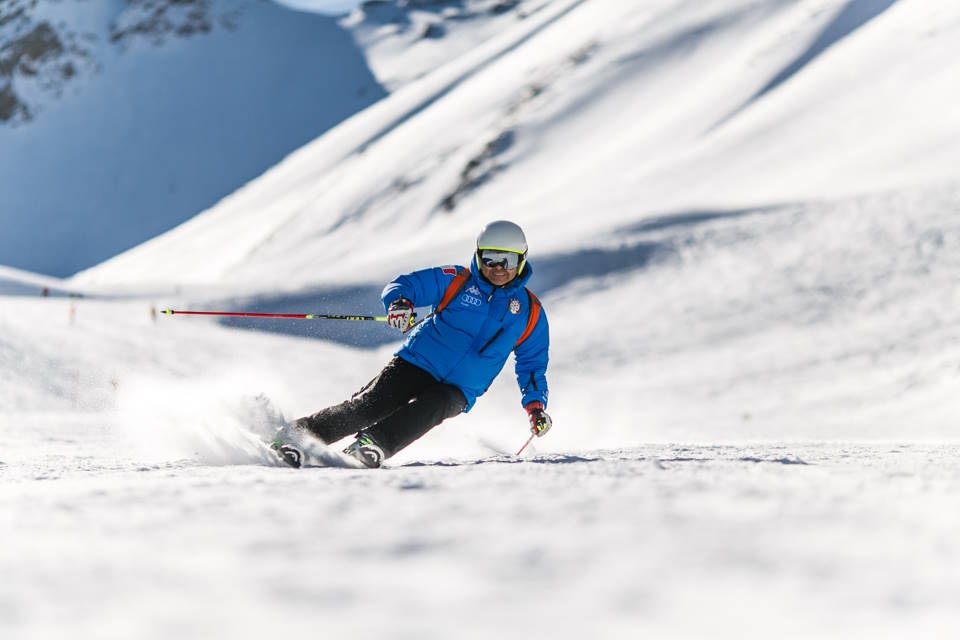Skiing can be an exhilarating and enjoyable winter activity, but it’s important to ensure that you have the right equipment, especially when it comes to ski boots. The fit of your ski boots can significantly impact your performance and overall experience on the slopes. In this blog post, we will explore the importance of proper ski boot fit and offer tips for finding the right fit.
Understanding ski boot sizing is crucial for a comfortable and successful skiing experience. Poorly fitting ski boots can not only affect your performance, but they can also lead to discomfort and even injury. We’ll discuss the impact of poorly fitting boots and the benefits of a well-fitting ski boot. Whether you’re a beginner or a seasoned skier, having the right ski boots is essential. Stay tuned as we delve into the various aspects of ski boot fit and how it can make a difference in your skiing adventures.Discover the importance of proper ski boot fit, how poorly fitting boots impact performance, and tips for finding the right size. Learn the benefits of a well-fitting ski boot.
Importance Of Proper Fit

When it comes to skiing, having the proper fit in your ski boots is absolutely essential. Ski boots that don’t fit correctly can not only be uncomfortable, but they can also negatively impact your performance on the slopes. It’s important to understand that the fit of your ski boots can make the difference between an enjoyable day on the mountain and a frustrating, painful experience.
One of the most important aspects of a well-fitting ski boot is the support it provides. A proper fit ensures that your feet and ankles are supported in the best possible way, allowing for better control and stability while skiing. This is crucial for maintaining good form and avoiding injury on the slopes.
In addition to support, a properly fitting ski boot also maximizes your skiing potential. A boot that fits correctly will allow for better energy transfer from your body to your skis, giving you greater control and precision in your movements. This can lead to improved performance and a more enjoyable skiing experience overall.
Furthermore, the comfort factor cannot be overlooked. Ill-fitting ski boots can cause discomfort, blisters, and even pain, all of which can greatly diminish your enjoyment of the sport. A properly fitting ski boot will provide the comfort and cushioning necessary for long days on the mountain.
Ultimately, the importance of a proper fit cannot be overstated when it comes to ski boots. It impacts everything from your performance and technique to your comfort and overall experience on the slopes. Taking the time to find the right fit for your ski boots is well worth the effort, and can truly make a world of difference in your skiing adventures.
Understanding Ski Boot Sizing

When it comes to skiing, one of the most important pieces of equipment you’ll need are your ski boots. However, finding the right size and fit can be a daunting task, especially for beginners. Understanding ski boot sizing is crucial in order to ensure comfort, performance, and safety on the slopes.
First and foremost, it’s important to note that ski boot sizing is different from regular shoe sizing. Ski boots are measured in mondo point, which refers to the length of the foot in centimeters. It’s essential to get an accurate measurement of your foot in order to find the right size ski boot.
It’s also important to consider the width of your foot when selecting ski boots. Different brands and models of ski boots will have varying widths, so it’s crucial to find a boot that accommodates the width of your foot to avoid discomfort and potential injury.
Furthermore, understanding the flex rating of ski boots is also important when it comes to sizing. The flex rating indicates how stiff or soft the boot is, and this can affect your skiing performance and comfort level. It’s essential to choose a flex rating that matches your skiing ability and style.
Overall, understanding ski boot sizing is crucial in order to find the right fit for your feet. It’s important to consider length, width, and flex rating when selecting ski boots to ensure comfort, performance, and safety on the slopes.
Impact Of Poorly Fitting Boots

Properly fitting ski boots are essential for having a great time on the slopes. When ski boots fit poorly, it can have a negative impact on your overall skiing experience. One of the major impacts of poorly fitting boots is discomfort. When your boots are too tight or too loose, it can cause pain, blisters, and numbness in your feet, making it difficult to enjoy your time on the mountain.
In addition to discomfort, poorly fitting boots can also affect your performance. If your boots are too loose, you may have difficulty controlling your skis, and if they are too tight, it can restrict your movements and hinder your ability to properly navigate the slopes. This can lead to decreased enjoyment and potentially increase your risk of injury.
Furthermore, poorly fitting ski boots can also have a long-term impact on your feet. Continuously wearing boots that don’t fit properly can cause lasting damage such as bunions, bone spurs, and other foot deformities. Additionally, it can create recurring issues that may affect your ability to ski in the future.
Finally, the impact of poorly fitting boots extends to your overall skiing experience. When your boots don’t fit correctly, it can detract from the thrill and excitement of skiing. It’s hard to fully enjoy the beauty of the mountains and the rush of gliding down the slopes when your focus is on the discomfort and limitations caused by ill-fitting boots.
Tips For Finding The Right Fit

When it comes to skiing, having the right fit for your boots is crucial for both performance and comfort. One of the key factors to consider when finding the right fit for your ski boots is the length and width of your feet. It’s important to measure your feet accurately and take into account the shape and volume of your foot before selecting a pair of ski boots.
Another important tip for finding the right fit is to pay attention to the flex index of the ski boots. The flex index refers to the stiffness of the boots and should be chosen based on your skill level and skiing style. A higher flex index is better suited for advanced skiers and provides more control, while a lower flex index is ideal for beginners and offers more comfort and ease of movement.
Furthermore, it’s essential to try on multiple pairs of ski boots to find the perfect fit. Different brands and models may fit differently, so trying on several options will allow you to compare and determine which one feels the most comfortable and supportive for your feet. Additionally, consider wearing ski socks when trying on boots, as this will give you a better idea of how the boots will fit when you’re out on the slopes.
Lastly, don’t underestimate the importance of getting professional help when finding the right fit for your ski boots. A knowledgeable ski shop technician can assess your foot shape and size, as well as provide expert advice on which boots will best suit your needs. They can also make any necessary adjustments to ensure that the boots fit perfectly and are tailored to your specific requirements.
Benefits Of A Well-Fitting Ski Boot

Proper fitting ski boots are essential for having a comfortable and enjoyable skiing experience. When your ski boots fit well, you will experience better control on the slopes, improved performance, and reduced risk of injury. A well-fitting ski boot also ensures that your foot and ankle are properly supported, leading to a more stable and secure feeling while skiing.
One of the main benefits of a well-fitting ski boot is the ability to ski for longer periods without discomfort or pain. When your boots fit properly, you won’t experience pressure points or chafing, allowing you to focus on your skiing technique and enjoy your time on the mountain.
In addition, a properly fitting ski boot can enhance your overall skiing experience by providing better energy transfer and responsiveness. With a snug and secure fit, you’ll be able to make precise movements and feel more connected to your skis, resulting in improved performance and control.
Furthermore, a well-fitting ski boot can help improve your skiing technique and reduce fatigue. When your foot is properly supported and held in the correct position, you’ll have better balance and stability, allowing you to make smoother turns and carve with ease.
Overall, the benefits of a well-fitting ski boot cannot be overstated. From improved performance and control to enhanced comfort and reduced risk of injury, investing in a pair of properly fitting ski boots is essential for any skier looking to make the most of their time on the slopes.




